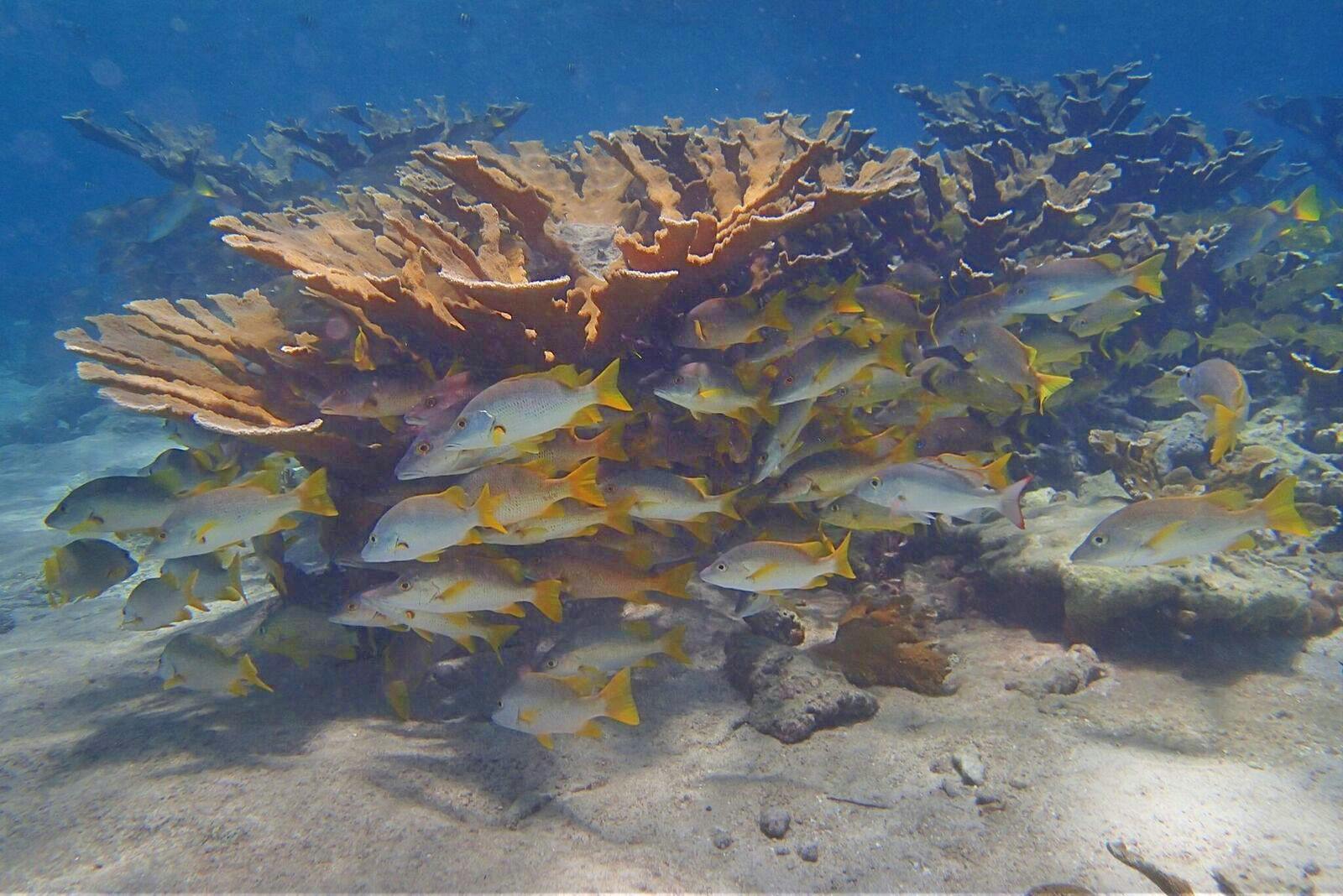In Cuba, Oceans 5 is supporting the Wildlife Conservation Society (WCS) and its partners in their efforts to strengthen and expand the country’s marine protected area (MPA) system.
Cuba is one of the last remaining countries in the insular Caribbean to still have vast tracts of intact wild places. Of its 200 proposed protected areas, 120 (70 terrestrial and 50 marine) have been enacted and operationalized as of 2017. Cuba’s MPA system spans a combined surface area of 15,000 km2, representing 21.5 percent of the country’s marine territorial waters, including depths of up to 200 meters below sea level. Altogether, the MPAs encompass approximately 30 percent of coral reefs, 24 percent of seagrass beds, and 35 percent of mangrove forests found in the country’s territorial waters. Cuba’s MPAs host some of the region’s healthiest coral reefs, highly diverse fish assemblages, and charismatic mega-fauna such as sharks, manatees, cetaceans, and sea turtles.
As many MPAs around the world, Cuba’s MPAs face multiple challenges, including overfishing, insufficient financial support, and rapidly increasing tourism. WCS is collaborating with Cuban partners to develop mechanisms for sustainable financing, effective protection, and creation of new MPAs. These efforts focus on two existing MPAs of extraordinary marine biodiversity, Gardens of the Queen and Zapata Swamp national parks, as well as a newly proposed MPA in the area of Los Colorados Archipelago in northwestern Cuba.























